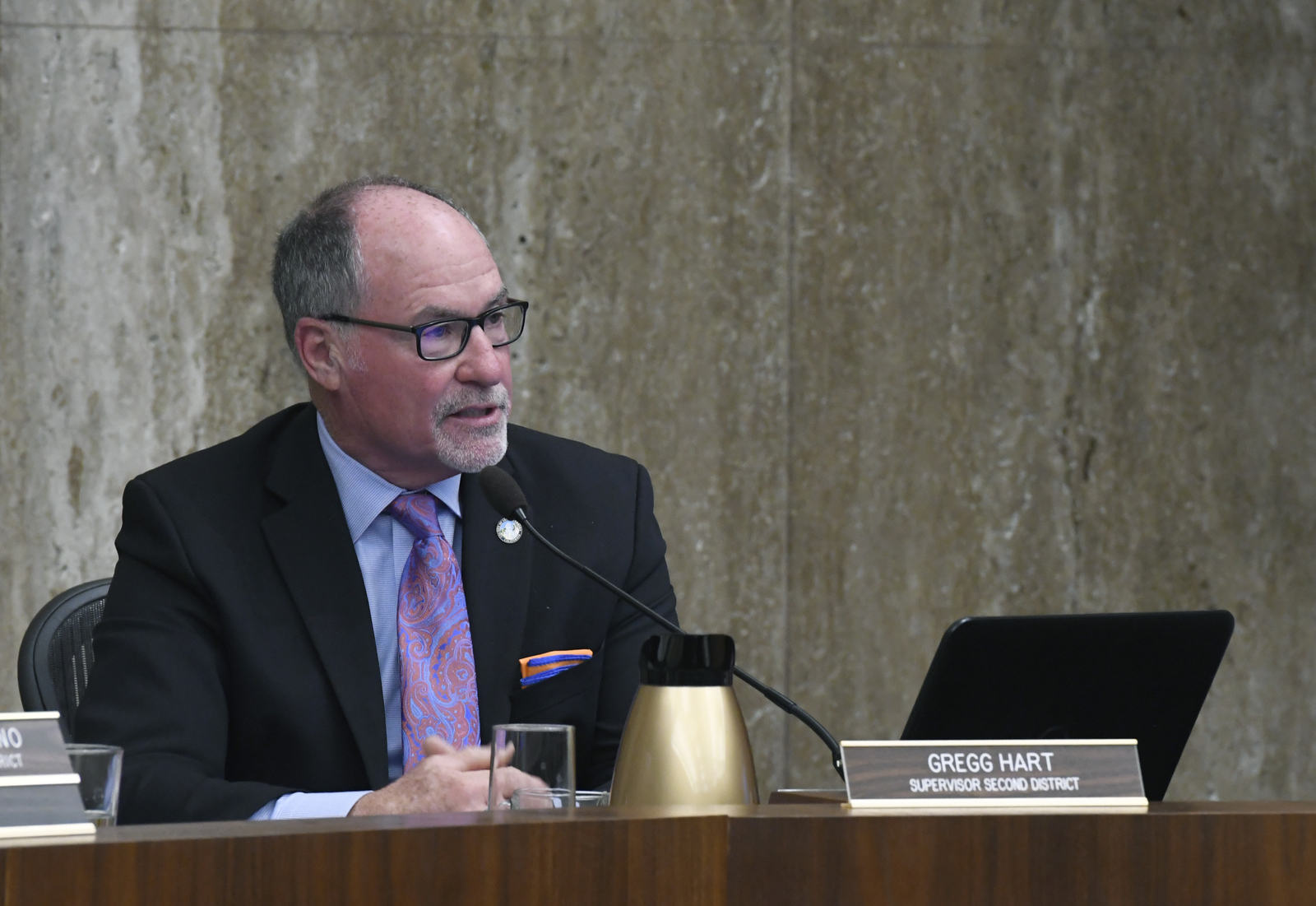How Do You Fit 255 Mentally Ill Inmates into 16 Acute-Care Beds?
Behavioral Wellness Commission to Submit Report Outlining Potential Solutions

There are currently 821 mentally ill inmates statewide who are deemed incompetent to stand trial but are stuck in California jails waiting to receive treatment in Department of State Hospitals facilities. Until beds become available, they have to go without treatment — sometimes for months.
Members from Santa Barbara County Behavioral Wellness, the Sheriff’s Office, the County Board of Supervisors, the District Attorney’s Office, and other entities unanimously voted on Wednesday to create a report outlining the issues and potential solutions to the complex problem. This was the third consecutive time the issue was placed on the Behavioral Wellness Commission’s agenda, which chair Sharon Byrne called “rare.” Members from the group agreed to summarize their two hours of discussion into the formal report for the Board of Supervisors to review.
“As a corrections professional who’s been in the field for 38 years, I can speak from the corrections side of this issue,” said Chief Custody Deputy Sheriff Vincent Wasilewski. “This has always been a problem that’s just been getting worse.” He said that one day last month, he pulled the county jail population numbers and found that 255, or 29 percent, of the 880 inmates had a “severe mental illness.” “We can’t just put our blinders on and say, ‘Oh, we’re not mental-health professionals, so everybody else has to figure it out,’” Wasilewski said.
Because Santa Barbara County only has 16 acute mental-health care beds and zero long-term beds, it is the only county in the state that doesn’t allow officers to put those at risk of harming themselves or others on 72-hour mental health holds, known as a 5150. As a result, many mentally ill offenders who would benefit from treatment rather than jail time are forced into the latter, and their health suffers as a result.
“There is a famous x-shaped graph that shows when the number of treatment beds across the country declines, the number of beds in jail goes up. It’s a directly inverse relationship,” said public commenter Lynne Gibbs with the National Alliance on Mental Illness. “It’s really inspiring to see how the departments are working together on this.” Gibbs said the number of treatment beds in the state has decreased from a high of 550,000 beds “decades ago” to 38,000 now, although mental-illness cases haven’t decreased. She also cited inmates’ average wait time for treatment beds in larger counties like Los Angeles to be as long as 12-14 months.
There is a silver lining, though.
Co-response teams, which have been in operation in Santa Barbara County since September 2018, are reducing the amount of mentally ill people who are taken to jail in the first place. The initiative pairs a mental-health crisis worker with a sheriff’s deputy in an attempt to defuse situations that could otherwise lead to an arrest. Initially just a trial run at its inception, it recently received the green light to continue for three more years after Alice Gleghorn, director of the Department of Behavioral Wellness, helped secure a Proposition 47 grant to continue funding it.
“The team has had approximately 500 contacts since it started last year,” said Dr. Cherylynn Lee, the Sheriff’s Office first-ever behavior services manager. “Out of those 500, there have been about 60 arrestable offenses where there was an opportunity to make an arrest. Only seven persons out of the 60 were taken into custody.” She said the team not only responds to crisis situations in real time but also does follow-up responses with those recently released from mental-health facilities or jails in an effort to build a rapport with them and reduce the likelihood of another crisis situation.
“The person in crisis who would have otherwise ended up in jail now is given an opportunity to utilize the services the county already has, like the crisis stabilization unit, or be sent to a sobering facility or be connected to family members,” Lee said. She said their next goal is to obtain funding for two full-time South County teams and two full-time North County teams. Now, there is just one that responds to calls from Carpinteria through the Gaviota tunnel, Tuesday-Friday, 8 a.m.- 6 p.m.
Even with the great success of the co-response teams, though, there are still many mentally ill people stuck in jail and not receiving the help they need. Retired fire chief Tom Franklin, who sits on the Mental Health Commission, motioned to take the minutes from the meeting and write a report for the Board of Supervisors and let them know “how their departments are working hand-in-hand to solve a whole bunch of really complex problems.”
Gregg Hart, the only county supervisor in the meeting, was supportive of the motion. “My takeaway from this is that there is a tremendous amount of collaboration going on,” Hart said. “It’s unprecedented in a new way that’s leveraging all the assets of the county. It’s saving money, providing better care, all of the milestones. I’m really impressed.”



